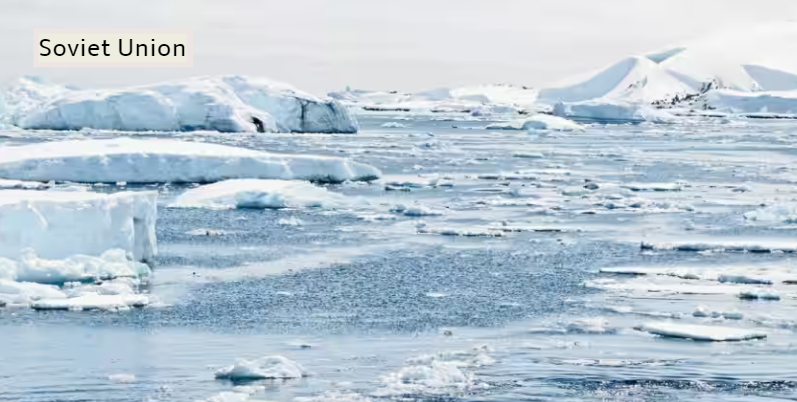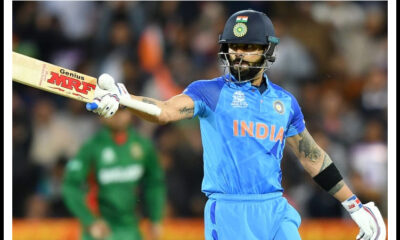Russia
A 1980 rocket from the Soviet Union re-enters the atmosphere and crashes into Russia’s Arctic area.
Published
1 year agoon

In 1980, a spy satellite was sent into orbit using a 1.5-ton Soviet Vostok-2M Blok E rocket
Years have passed since the first rocket launch. So once a one-shot rocket does its function, what happens? The machinery is not being used anymore. Leaving the retired rockets in orbit was frequently a practise of space agencies, despite the fact that international accords today attempt to reduce the amount of trash surrounding the Planet. They thus had a protracted rotational destiny around the Earth.
After spending decades in space, a Soviet-era rocket, or what was left of it, has finally landed on Earth.
The Soviet Vostok-2M Blok E rocket, weighing 1.5 tonnes, was used in 1980 to launch a surveillance satellite. The rocket crashed close to Novoya Zemlya in Russia’s Arctic region after making a re-entry into the sky. High temperatures were required of the rocket as it descended through the atmosphere of Earth.
Leading orbit observer and astronomer Jonathan McDowell stated on Twitter that “…it’s been fully dead since mid 1980, thus no ability to influence the re-entry.” “Eventually, friction with the atmosphere caused the orbit to contract.”
Read Also: Vivek Ramaswamy, an Indian-American businessman, has announced his run for president in 2024.
The Chinese Long March rockets, which weigh 20 tonnes, are a greater concern, but the 3000-pound rocket was still large enough to be watched throughout re-entry. Recently, several of these rockets have entered the atmosphere erratically.
Modern rockets are now equipped with independent propellers that assist direct them to a preset area with few people so they may safely re-enter the atmosphere.
Which country is Soviet?
What is Soviet called today?
Does India have spy satellites?

Credent TV Editorial Team

You may like
-


Rabindra Jayanti Celebration at DAV, Jaipur
-


Kohli brings out alternative arsenal to counter spin bowling ahead
-


The Supreme Court rules that former Jharkhand Chief Minister Hemant Soren’s plea in a money laundering case was “infructuous.”
-


Janhvi Kapoor Wears A Red Cutout Dress Inspired By A Cricket Ball, Similar To Zendaya’s Movie-Themed Outfits
-


Two winners of the Miss USA pageant have resigned, citing disrespect and mental health issues.
-


Why Does MS Dhoni Have a Muscle Tear While Playing for CSK? The ‘Theory’ of an Ex-IPL Team Official Paints a Grim Image
